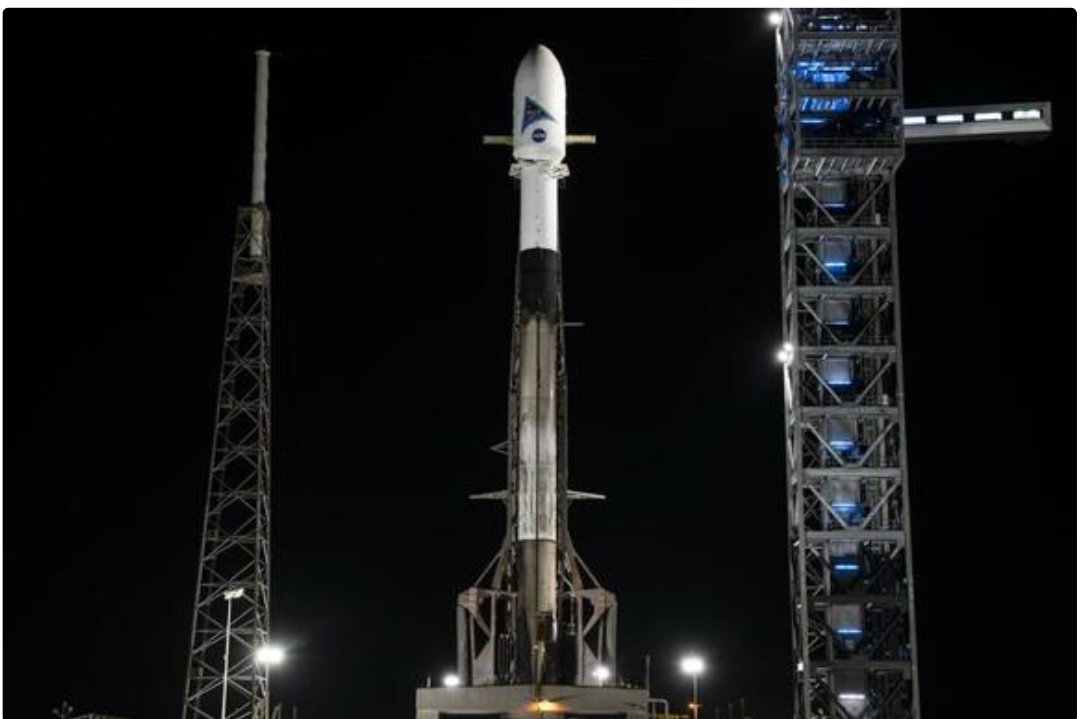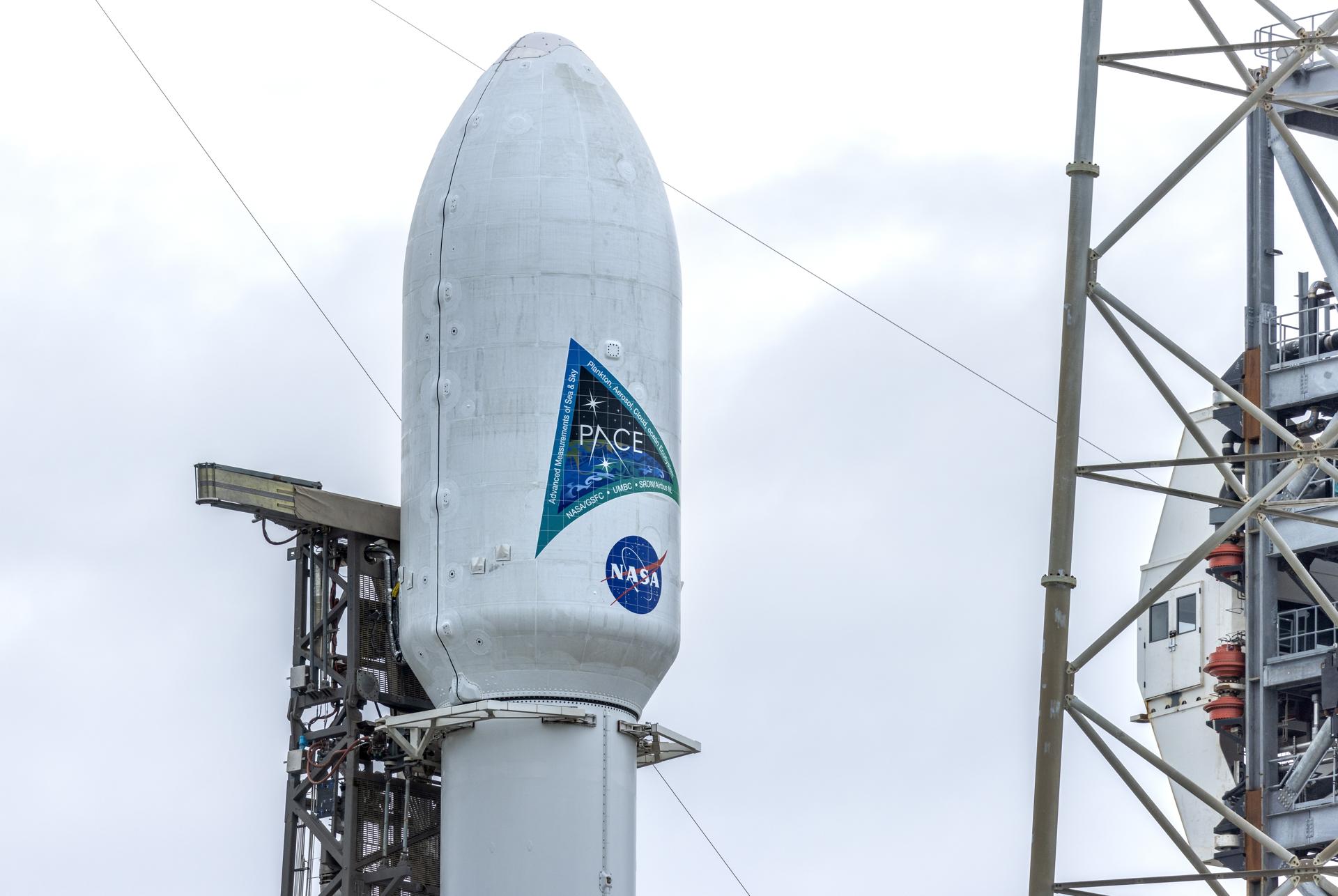NASA and SpaceX’s ambitious Plankton, Aerosol, Cloud, ocean Ecosystem (PACE) mission experienced a slight setback as the launch was postponed by a day due to unfavorable weather conditions. The space agency, in collaboration with Elon Musk’s SpaceX, has now set its sights on a new launch window at 12:03 PM IST on Wednesday, February 6.
Timing Precision: Launching in the Wee Hours
Initially scheduled for the same time on the preceding day, the PACE mission’s rescheduled launch comes with a strategic reason. Launching a little after midnight from Cape Canaveral, Florida, allows the satellite to seamlessly align with its Sun-synchronous orbit around the Earth.
In a Sun-synchronous orbit, the satellite maintains a fixed position relative to the Sun, ensuring it crosses the Earth’s equator at the same local time for each orbit. This orbital synchronization guarantees a consistent angle of sunlight on Earth during the satellite’s observations, enhancing the quality of the data collected.

Read more:
- Record Rainfall and Dangerous Winds: Millions in California at Risk
- Los Angeles Smog Worsens, EPA Considers Rejecting Pollution Control Plan
- Trans Drivers Unable to Change Gender on Licenses in Florida
- Northern Lights Treat for New Mexico Residents
Sun Overhead: Ideal Conditions for Earth Observation
Scott Patano, the flight dynamics system development lead for PACE at NASA’s Goddard Space Flight Center, emphasizes the importance of having the Sun well overhead during observations. The satellite’s preference is to have the Sun almost behind it during Earth observations to minimize glares or reflections from the ocean, aligning with the mission’s primary goal of data collection.
Direct Injection: PACE Takes a Swift Path to Its Final Orbit
Unlike some satellites that follow a temporary orbit before transitioning to their permanent orbits, PACE opts for a direct injection into its final orbit. Described by NASA as “an effectively instantaneous launch,” PACE will swiftly position itself in its designated orbit, minimizing any deviations in its trajectory.
Launching from the south of Florida on the dark side of the Earth allows PACE to seamlessly align with the approaching Indian subcontinent as it crosses the equator for the first time on the daylight side of Earth. This strategic approach ensures optimal conditions for Earth observation, fulfilling the mission’s scientific objectives.
Weather Woes: A Temporary Hurdle
The decision to delay the launch by a day is a testament to NASA’s commitment to ensuring the mission’s success under optimal conditions. Unfavorable weather conditions on the initially scheduled launch day prompted this precautionary measure, emphasizing the meticulous planning and consideration involved in space missions of this magnitude.
As the PACE mission awaits its moment in the cosmic spotlight, the collaboration between NASA and SpaceX underscores the significance of precision timing and strategic orbital considerations in unlocking the mysteries of Earth’s ecosystems. The delay may be a brief hiccup, but the celestial symphony orchestrated by PACE promises a harmonious blend of scientific discovery and technological prowess in unraveling the intricacies of our planet’s vital processes.















+ There are no comments
Add yours